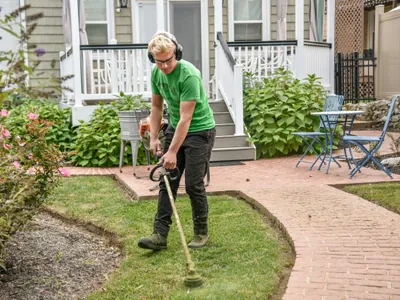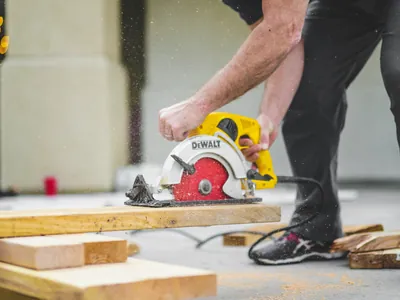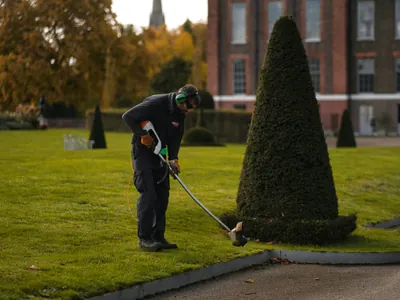Tree Pruning: Seasonal Timing and Techniques

Proper pruning is essential for a tree's health, structure, and safety. It encourages strong growth, improves fruit or flower production, and removes dangerous deadwood. However, knowing when to prune and how to make the right cuts is crucial. Poor pruning can damage a tree and make it more susceptible to disease and pests.
🤔 Why Prune? The Three D's
The primary reason for pruning any tree is to remove branches that are:
Dead
Dead branches are a safety hazard and can be an entry point for insects and decay.
Diseased
Removing diseased wood can stop the spread of infection to the rest of the tree.
Damaged
Branches damaged by storms or other impacts should be removed cleanly.
Other reasons include removing crossing branches, improving airflow, and shaping the tree for aesthetic reasons.
📅 When is the Best Time to Prune?
The timing depends on the type of tree and your goal.
✂️ Making the Right Cut
Always use sharp, clean tools. For branches over an inch in diameter, use the three-cut method to prevent the bark from tearing.
When removing a branch, always cut just outside the "branch collar"—the slightly swollen area where the branch meets the trunk. Never cut flush with the trunk, and do not leave a long stub. The branch collar contains specialized cells that will heal over the wound.
Pruning large trees can be dangerous and requires specialized equipment. For any branches you can't reach safely from the ground, trust a professional. The Box Advantage Group's groundskeeping services include expert tree pruning and care by certified arborists.


